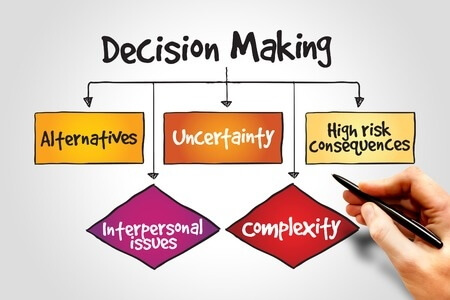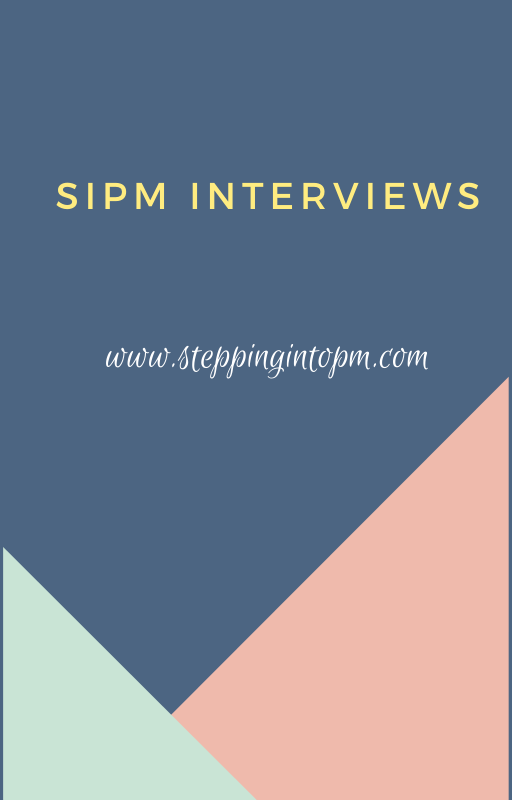Majority of teams and organizations believe, agile is about
ceremonies and productivity and leveraging the flexibility by forcefully
changing requirements and showcasing books and authors on how it has been done.
In
‘Building the Agile Business’, author and digital
strategist Neil Perkin describes an agile business as being ‘velocity x focus x
flexibility’. In other words, a business that is focusing its efforts on moving
in a clear direction, but that also has an in-built ability to adapt and change
course if and when necessary…..Taking an agile approach enables brands to test
new ideas early on and to adapt easily to changes to ensure maximum success.
In most scenarios this over used buzzword has also created
myths around it that very few can differentiate with reality. Like doing stands
up doesn’t make you an agile team. An organization isn’t Agile if only teams
are forced to change without telling them why the change is happening. It only
leads to bitterness.
There are the supporters and the naysayers who argue over whose
agile (implementation) is better. They quote authors and books and bring out
snippets of blogposts and argue their case. In all this chaos, I have barely
seen teams question what they do and why they do? Why the change?
Creativity often ignored isn’t considered as mainstream
thought process in resolving real time problems. The flexibility or adaptability
in Agile is sometimes taken as a license to leverage it without thinking.
While certain outlines needs to be adhered, creativity or free
thinking can always help resolve problems even when it revolves around process.
The
most creative individuals are those who can see the
things that everyone else misses.
Looking at data trends in an agile team can tell you where
lies the core problem, to put an end to mechanical retrospectives and really
finding ways to get the team talking needs creativity and to eventually see
what’s working and what’s not and to better the team is about thinking
differently.
So, should we incorporate in Agile training's about the need
of looking at a set of problems and thinking
how to resolve by adhering to your team culture, by encouraging team members to
come up with a new set of solution, bring the team together in discussing
collaboratively and telling that it’s not about the tools, it’s about you. Bring
you to the table, bring your ideas, disagree when required and respect the
difference of thoughts.
(Pic courtesy: Google Images)












